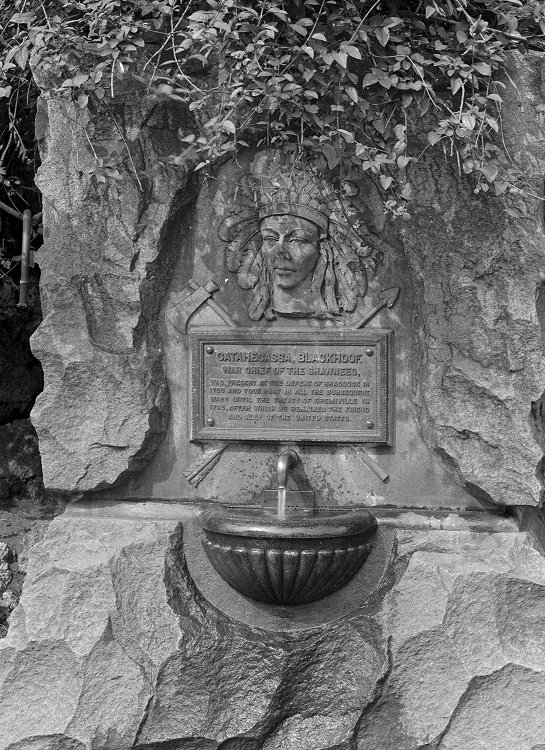As he waits in Pittsburgh for the military barge to be completed, Lewis leaves little record of his day-to-day activities. Pittsburgh’s drinking water was described by another 1803 traveler, Thaddeus Harris.
Pittsburgh’s Drinking Water
The inhabitants use the water of the river here and down the Ohio for drink and cookery, even in preference to the spring water from the hills; for as yet they have not practised the digging of wells. At first we were surprised at this preference; but they assured us that the river water was more wholesome and generally much more palatable. We were soon convinced that this must be the case: for, though the river water receives a great deal of decayed wood, leaves, &c. from the creeks and runs that empty into it, they are soon deposited on the shallows, and the deeper places are very clear and fine. Even the turbid water of the margin of the stream becomes pellucid by standing in an open vessel over night, depositing its feculencies at the bottom. But the spring water, issuing through fissures in the hills, which are only masses of coal, is so impregnated with bituminous and sulphureous particles as to be frequently nauseous to the taste and prejudicial to the health.
—Thaddeus Harris[1]Thaddeus Harris, The Journal of a Tour into the Territory Northwest of the Alleghany Mountains Made in the Spring of the Year 1803, p. 45 in Reuben G. Thwaites, Travels West of the Alleghanies … Continue reading
Catecahassa’s Spring
Snyder Spring was one of the natural springs in Pittsburgh’s Spring Hill neighborhood. The stone structure was built sometime before 1899. The plaque reads:
Catahecassa, Blackhoof, war chief of the Shawnees, was present at the defeat of Braddock in 1755 and took part in all subsequent wars until the treaty of Greenville in 1795, after which he remained a friend and ally of the United States.[2]“Catahecassa (Snyder) Spring,” Wikipedia, en.wikipedia.org/wiki/Catahecassa_(Snyder)_Spring.
For Catecahassa, or Black Foot, see August 9, 1803.
Experience the Lewis and Clark Trail
The Lewis and Clark Trail Experience—our sister site at lewisandclark.travel—connects the world to people and places on the Lewis and Clark Trail.
Plan a trip related to August 15, 1803:

Notes
| ↑1 | Thaddeus Harris, The Journal of a Tour into the Territory Northwest of the Alleghany Mountains Made in the Spring of the Year 1803, p. 45 in Reuben G. Thwaites, Travels West of the Alleghanies (Cleveland: The Arthur H. Clark Co., 1904), p. 345–46. |
|---|---|
| ↑2 | “Catahecassa (Snyder) Spring,” Wikipedia, en.wikipedia.org/wiki/Catahecassa_(Snyder)_Spring. |

